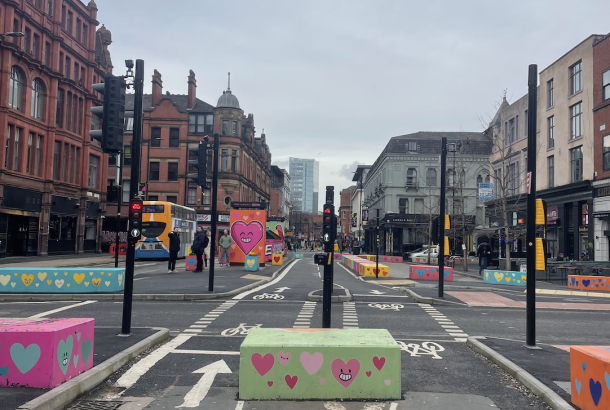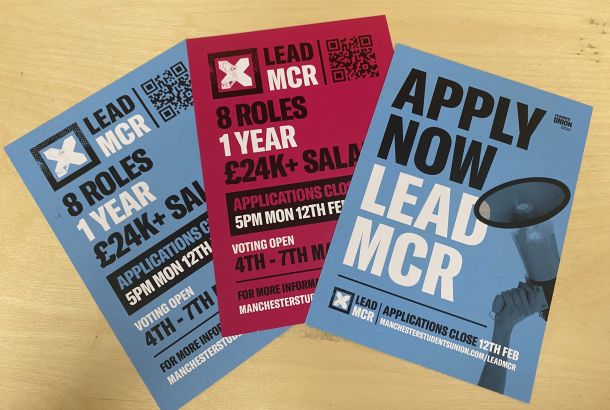Cruel Britannia: ABBA, Churchill and the new fiver
The new £5 note, issued by the Bank of England, has been causing a furore amongst the British public since its release in September. With collectors offering thousands of pounds for notes bearing low serial numbers—found in the bottom corners of the obverse and reverse of the note—many have been desperately checking their fivers, hoping to cash in on the lucrative collector’s item, with prices reaching the dizzying heights of £65,000, according to The Daily Mail.
There has been similar pandemonium in regards to the apparent durability of the new note. As opposed to paper-based material used in the old fiver, the new polymer based note is “cleaner, safer, and stronger” according to Bank of England Governor Mark Carney. Tear-proof, fireproof, and ovenproof, the new notes have been hailed as ‘indestructible’ (providing you don’t put them in the washing machine) and they can even be used to play Money, Money, Money by ABBA on vinyl, as a resourceful Michael Ridge from Norwich discovered.
However, the issue that is causing perhaps the most controversy amongst Brits with regards to the new £5 note is who the Bank of England have chosen as the new face of the plastic currency: Sir Winston Churchill. Located on the reverse of the predominantly turquoise note, Churchill fixes you with his instantly recognisable, defiant glare underscored by a quote from his now infamous “blood, toil, tears, and sweat” speech delivered to Parliament in the Summer of 1940, at the height of the German bombing campaign of British cities and the crux of the Battle of Britain. Now synonymous with British ‘defiance’ in the face of Nazi aggression, Mr. Churchill has clearly been chosen by the Bank of England thanks to his embodiment of the spirit of wartime Britain.
This image of Churchill and wartime Britain is a propaganda tool not isolated to the printing of new currency, but is something successive governments have used since the 1940s to gather popular support for their most morally ambiguous and divisive policies, from the sinking of the Belgrano under Thatcher, to the toppling of Saddam Hussein under Blair. The “spirit of 1945” and rose-tinted nostalgia for the bloodiest time in human history is a central tenet of contemporary British nationalism.
It’s possible then that the government are trying to utilise the image of Churchill to present to the nation their own ideas of what it means to be British in 2016; arguably nationalistic, jingoistic, and relating every facet of the British psyche as being rooted somehow in the grand old days of the Second World War.
In the wake of Brexit and with Britain facing a future outside of the European community, one cannot be blamed for thinking that this evocation of a time when Britain ‘stood alone’ against Nazi dominated Europe is no coincidence. Coupled with the increasingly xenophobic rhetoric of Theresa May’s government, this return to the mentality of ‘fortress Britain’ is not only a historical falsification but also a potential indicator of the society we are becoming. Isolationist, hostile to Europe, reactionary, divided—Britain seems to be going through major changes, and this growing social conservatism is being proliferated and encouraged by the increasingly right-wing May administration.
Although this may seem too many like unfounded pessimism, there has been much evidence to suggest that the forces of reaction have indeed sunk their teeth into the national psyche. According to Home Office figures, racially and religiously motivated attacks have increased throughout the country, and social media has been awash with individual’s experiences of violence and hatred. On 27th of August 2016, 40-year-old Arkadiusz Jóźwik from Poland was beaten to death in what is believed to have been a racially motivated attack in Harlow, Essex.
Unfortunately, incidents like this are becoming more frequent, and with new legislation being ushered in that directly targets foreign-born workers in the UK, one can only imagine this violence is going to continue to escalate in the coming months. There also been an increase in homophobic attacks (by the huge amount of 147 per cent) according to an independent study by LGBT+ anti-violence charity Galop, and the marginalisation of minority groups seems to have become a reality in post-Brexit Britain.
Although the link between the new fiver and a spike in reactionary violence in Britain may seem tenuous and melodramatic, it’s possible there is a tangible link between the two. The Bank of England, when releasing the £5 adorned with a stoic Mr. Churchill, said by issuing new currency they wanted to celebrate individuals “that have shaped British thought, innovation, leadership, values and society”.
By placing a man who once referred to the British imperial project as “a lot of jolly little wars against barbarous people,” and who claimed “I am strongly in favour of using poisoned gas against uncivilised tribes”, the Government and the financial sector have worked in cahoots to present to the British public the kind of beliefs that are to be valued in England now we have rid ourselves of European influence.
For all its faults, and indeed they are countless, this is a far cry from the image of Britain the Labour governments of the early 2000s tried to present to the world. In spite of the imperialistic and Bush-enabling foreign policies of New Labour, domestically they did at least give the pretence of trying to create a more tolerant, socially just society. This is arguably why in 2001, when the last £5 note was introduced, they chose to use social reformer and humanitarian Elizabeth Fry as the face of the fiver.
Dedicating her life to the alleviation of some of the worst inequalities in Victorian Britain, Fry earnt the moniker ‘the Angel of Prisons’ due to her tireless campaigning to reform the horrendous conditions prisoners and their families were subjected to in nineteenth century Britain. She established schools to train nurses, opened night shelters for the homeless, and even took her qualms directly to the monarch Queen Victoria, who was moved to contribute financially to Fry’s cause. A beacon of light in a very dark time in Britain’s history, Elizabeth Fry is the embodiment of what many would like to see as core British values: fairness, compassion, humanity.
With the soaring cost of living and the erosion of civil liberties and social welfare, millions of people are being pushed below the breadline in contemporary Britain. With millions of people reliant on food banks and private charities to make ends meet, the Britain of 2016 may not be as far away from the country that Ms. Fry rallied against as we would care to admit.
By choosing to use people like Churchill, a divisive establishment figure who was committed to the British imperial project, and has been used a symbol of anti-European sentiment by the British right wing, the Tory government has acted so as to position itself to the political right of its predecessors. Who we choose to represent as our national heroes, and the historical narrative this creates, massively reflects the kind of societal values we wish to consolidate.
The government’s actions, by putting Churchill on the new five pound note, suggest that we are a society who values our colonial past, our national hegemony, and our isolationism over our desire to build a more just and equal society.







